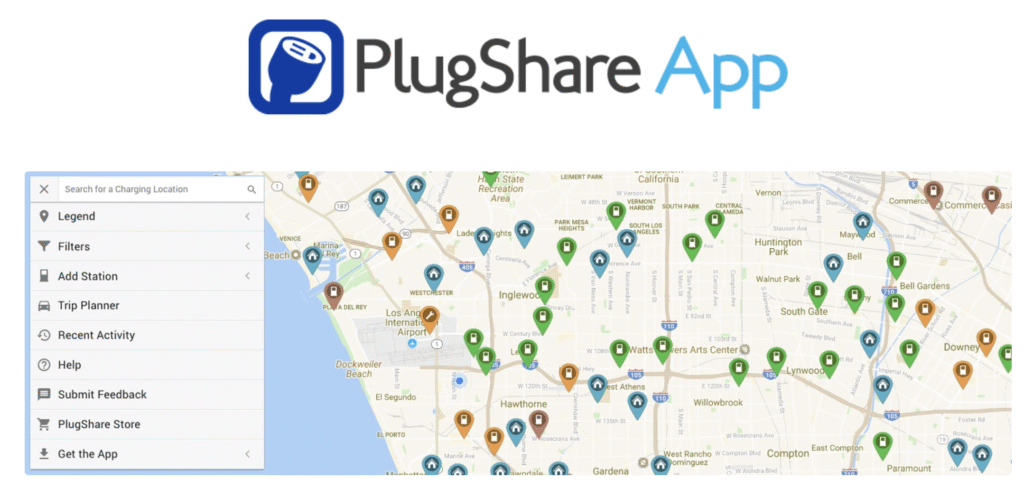The rise of electric vehicles (EVs) in Singapore marks a significant shift toward cleaner, greener mobility. With nearly a third of new cars registered in 2024 being electric, and the government supporting this transition with robust infrastructure and incentives, it’s an exciting time to join the EV community. However, first-time owners may feel both thrilled and daunted by questions about charging, maintenance, and local driving norms. Here are five essential, Singapore-specific tips to smooth your journey as a new EV owner.
1. Master the Charging Landscape
Why it’s important:
Finding reliable charging is crucial for hassle-free EV ownership. Singapore is rapidly scaling up its public charging network, with around 13,800 EV charging points as of 2025, covering half of all HDB carparks. The goal is for all public housing towns to be EV-ready by 2025, so access is constantly improving.
How to implement:
- Familiarize yourself with nearest charging stations using platforms like PlugShare and the ChargeWhere.sg app, both of which map all available public chargers and provide real-time updates and user reviews.
- For those in condominiums, check with your management council about installing chargers; grants may be available for up to 50% of installation costs (until December 2025).
Pitfalls to avoid:
- Don’t rely solely on one app or service; check multiple platforms for the most up-to-date info.
- Be mindful of charger occupancy—avoid “hogging” charging spots in high-demand areas to help the whole community.

2. Manage Range Anxiety Proactively
Why it’s important:
Many new EV owners worry about running out of charge, especially on longer drives—a feeling known as “range anxiety.” Singapore’s compact size helps, but planning is still necessary.
How to implement:
- Plan your journeys to include charging stops if needed, especially for cross-island trips or if you live in a mature estate with fewer chargers.
- Adopt smart driving habits: maintain optimal tyre pressure, avoid heavy acceleration, and use regenerative braking effectively to maximize your range.
Pitfalls to avoid:
- Don’t wait until your battery is nearly empty before seeking a charger. Traffic, weather, or faulty chargers can delay plans unexpectedly.

3. Leverage Government Incentives
Why it’s important:
Singapore offers generous incentives to lower the cost of EV ownership, making the switch more affordable.
How to implement:
- The EV Early Adoption Incentive (EEAI) grants a rebate of 45% off the Additional Registration Fee (ARF), up to S$15,000, for new EVs registered by 31 December 2025.
- Most fully electric cars also qualify for a S$25,000 rebate under the Vehicular Emission Scheme (VES), often resulting in up to S$40,000 in total rebates.
- Always confirm eligibility with your dealer and check for updates to schemes, especially as deadlines approach.
Pitfalls to avoid:
- Incentives have cut-off dates; plan your purchase to qualify.
- Read the fine print—some perks apply only to brand-new, not used, imports.
4. Download Essential EV Apps
Why it’s important:
Specialized apps streamline EV life, from locating available chargers to managing payments and tracking your charging history.
How to implement:
- Download PlugShare and ChargeWhere.sg for real-time charging point locations and community tips.
- Use the SP App to locate and pay for charging at SP Mobility stations, Singapore’s largest public EV charging network.
- Set up push notifications for new charger openings and outages, so you’re always informed.
Pitfalls to avoid:
- Relying on word-of-mouth alone—apps provide up-to-date status.
- Not updating your app may result in missing out on important features or data.
5. Adapt Your Maintenance Approach for Singapore’s Climate
Why it’s important:
While EVs are mechanically simpler than petrol cars, Singapore’s hot, humid weather and urban driving demand special attention to certain components.
How to implement:
- Schedule regular battery system diagnostics—high ambient temperatures can affect performance over time.
- Take advantage of regenerative braking, but still get your brakes, tyres (especially low-resistance types), and coolant checked at regular intervals.
- Replace your cabin air filter annually—Singapore’s dusty, humid climate can accelerate wear.
Pitfalls to avoid:
- Assuming EVs require less maintenance overall—neglecting scheduled checks can lead to issues, particularly with tyres and battery health in the local climate.
- Ignoring software updates, which can impact performance and reliability.
Conclusion
Owning an EV in Singapore is becoming easier and more rewarding thanks to supportive policies, ever-improving infrastructure, and a growing digital ecosystem. Stay curious, leverage available resources, and connect with local EV communities online or through apps to keep learning. For the latest news on incentives, regulations, and infrastructure updates, check the Land Transport Authority (LTA) and National Environment Agency (NEA) websites regularly. Enjoy the ride—you’re playing an active part in Singapore’s sustainable mobility future!